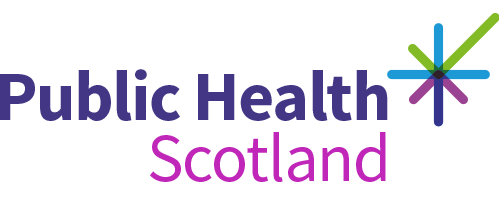Use the right indicators
An indicator is a summary measure of a particular issue designed to help us monitor and evaluate trends and factors in health. They can
- help us understand a specific issue
- make comparisons over time and between areas or groups of people
- inform decision making on that issue.
For example, indicators are commonly used in health need assessments and in the evaluation of health services and interventions.
The Scottish Public Health Observatory’s (ScotPHO) community health profiles are a good starting point for identifying indicators because they have already been developed. The profiles present a range of indicators to give an overview of health and its wider determinants at a local level.
Each profile offers a snapshot for each of the areas and highlights the information using data visualisations.
You can develop your own indicators using a large amount of publicly available data for Scotland. However, developing a new indicator can be time consuming, so it is always worth checking what indicators are already available for your purposes.
What makes a good indicator?
Importance and relevance - Does the indicator meet your objectives or the question that you are trying to answer? For example, an indicator set focused on how health and social care services can reduce health inequalities should avoid including indicators that measure health outcomes which will largely be determined by the wider determinants of health.
Validity - Does the indicator measure what it claims to measure? For example, does an indicator claim to measure a health outcome, (e.g. reduction in smoking prevalence), but really measures a process or level of output.
Possibility - Are relevant data available for this indicator? For example, a Community Planning Partnership wants an indicator of social isolation at a locality level but finds that the survey from which this information is taken can only be reported at a national level.
Meaning - How accurately is the indicator measured? Is the meaning of an indicator consistent over time? How should we interpret what the indicator is telling us?
Implications - What can be done as a result of reporting this indicator? Do we have evidence about what works? Can we influence decision making on this issue?
NHS England provides a useful guide on the key principles behind developing, understanding and using indicators.
Developing a good indicator
If no suitable indicator currently exists, it may be necessary to develop one. Indicators must be as specific as possible with respect to a particular issue, in order to maximize the usefulness of the information for decision-making. A well defined indicator should include information on
- indicator title
- full definition
- geographies reported
- time range and frequency of updates
- importance
- interpretation.
It is worth spending time on developing these definitions and consulting stakeholders about the value of the indicator before collecting data.
You can use ScotPHO Profiles Technical Reports to see the information you will need when you want to develop your own indicators.
Indicators, variation and inequalities
A good indicator will allow you to assess whether observed differences are likely to be real or due to chance. Real differences in indicators can be due to the age and sex of the population but can also reflect real need.
If you are comparing an indicator across populations, it is important to understand
- the range of factors that have an influence including age, sex, deprivation
- how all of the determinants of health impact on the population.
Health inequalities are a particular form of difference across and between social groups which are unnatural, unfair and avoidable. Where health inequalities exist, referring to them explicitly rather than by the more generic term of variation can help emphasise this point.
A common approach to measuring variation is the use of confidence intervals. This gives an indication of the range of values we would commonly expect to see our indicator sit within. A range of other statistical process control methods can be adopted for more rigorous analysis.
To find out more about confidence intervals and statistical process control methods, see Public health England’s fingertips profiles technical resources (external website).
Health and social care inequality indicators
These indicators were developed for Scotland and measures inequalities relating to:
- access to health and social care services
- quality of care and treatment received
- health and social care service outcomes by area-based deprivation classification.
The reduction of health inequalities is a priority for the Scottish Government, NHS Boards and Health and Social Care Partnerships. You can find more about health and social care services and how they can contribute to the reduction of health inequalities in the following publications NHS Health Scotland guidance on maximising the role of NHSScotland and Health & Social Care Partnerships in reducing health.
